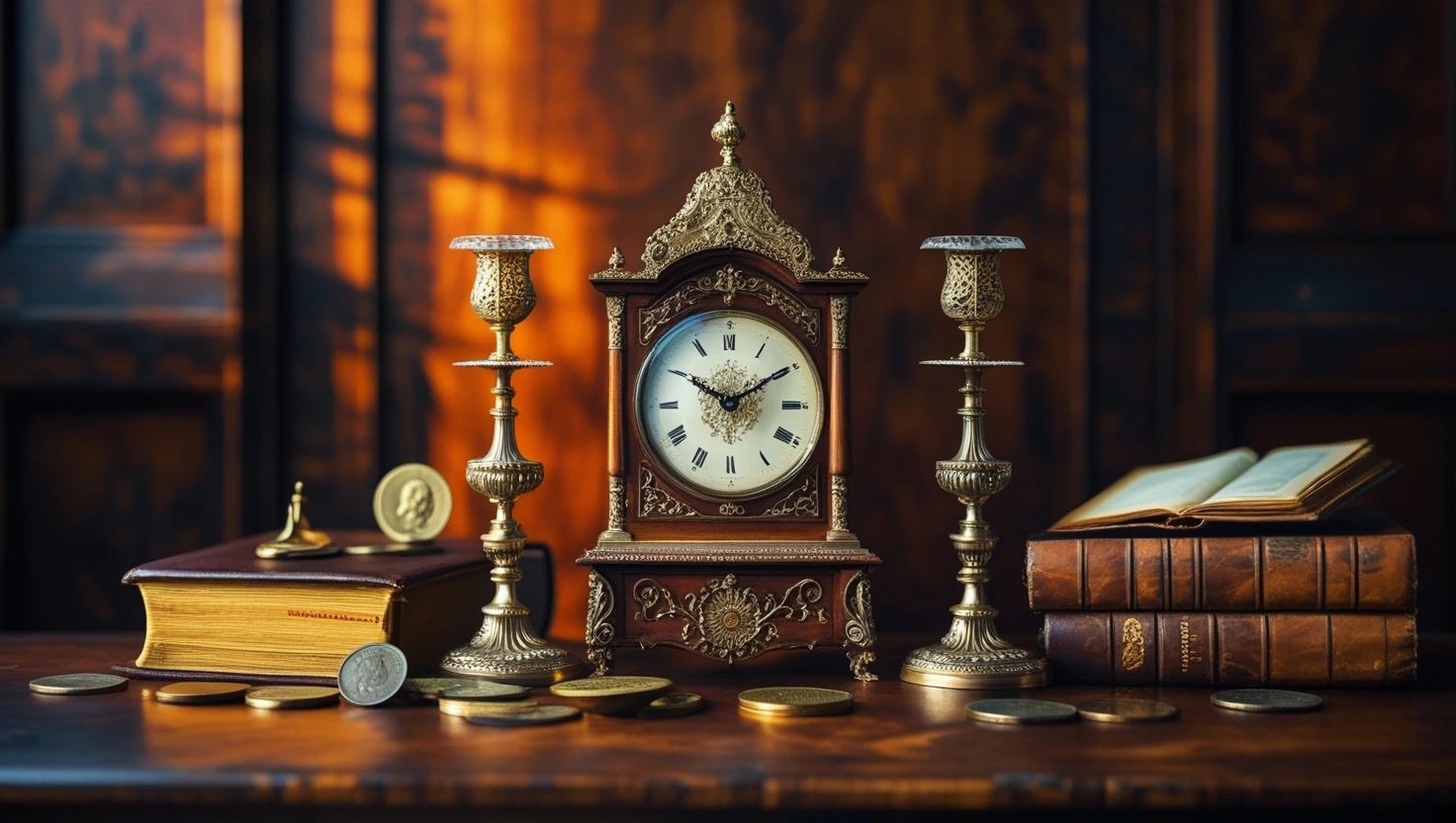Selling antiques can be a rewarding experience, but it requires careful planning and knowledge to ensure you get the best value for your treasures. Whether you’re a first-time seller or a seasoned collector, these 9 essential tips will guide you through the process and help you avoid common mistakes.
Table of Contents
1. Research Your Antiques
Before selling, it’s crucial to research your antiques thoroughly. Identify the item’s age, origin, and maker. Use online resources, antique guides, and forums to gather information.
Why It’s Important:
- Helps determine the item’s value.
- Provides context for potential buyers.

2. Get a Professional Appraisal
A professional appraisal can give you an accurate estimate of your antique’s value. Look for certified appraisers with expertise in your item’s category.
Why It’s Important:
- Ensures you don’t undervalue your item.
- Adds credibility when negotiating with buyers.
3. Clean and Restore with Caution
While cleaning your antique, avoid harsh chemicals or methods that could damage it. Consult a professional conservator for valuable pieces.
Why It’s Important:
- Preserves the item’s authenticity.
- Prevents accidental devaluation.
4. Understand Market Trends
Stay updated on market trends to know when demand for your antique is high. For example, mid-century modern furniture is currently in high demand.
Why It’s Important:
- Helps you time your sale for maximum profit.
- Provides insight into buyer preferences.
5. Choose the Right Selling Platform
Decide whether to sell online, at an antique shop, or through an auction house. Each platform has its pros and cons, so choose based on your item’s value and target audience.
Why It’s Important:
- Ensures your item reaches the right buyers.
- Maximizes exposure and selling potential.
6. Set a Realistic Price
Pricing your antique too high can deter buyers, while pricing it too low can result in a loss. Use appraisals and comparable sales to set a fair price.
Why It’s Important:
- Attracts serious buyers.
- Ensures a fair return on your investment.
7. Document Provenance and History
Provenance, or the item’s history of ownership, can significantly increase its value. Gather any documentation, such as receipts, letters, or photos, to support its authenticity.
Why It’s Important:
- Adds credibility and value.
- Appeals to collectors and historians.
8. Be Aware of Scams
Unfortunately, the antique market is not immune to scams. Be cautious of buyers offering to pay with fake checks or asking for personal information.
Why It’s Important:
- Protects you from financial loss.
- Ensures a safe and secure transaction.
9. Consider Auction Houses
For high-value items, consider selling through a reputable auction house. They have the expertise and audience to fetch top prices for your antiques.
Why It’s Important:
- Access to a global network of buyers.
- Professional handling and marketing of your item.
Topics:
- Learn more about antique appraisals at American Society of Appraisers.
- Explore selling platforms like eBay and 1stDibs.
- 10 Incredible Vintage Fishing Gear Items
Tags:
selling antiques, antique selling tips, how to sell antiques, antique appraisal, antique market trends, antique restoration, antique provenance, antique scams, auction houses for antiques, antique pricing, antique research, antique collectors, antique value, antique selling platforms, antique documentation





